
This article features affiliate links, meaning we’ll earn a small commission if you purchase through these links. Please read our Privacy Policy for more details.
Making Cheese From Fresh Cow’s Milk

In these days, it is surprisingly difficult to select healthy cheese. We nose around different types of cheese, some perhaps wrongly labeled as “organic”, or “traditional”, yet when you look at the ingredient list, you will find substances that pose great risk to your health.

Real home-made cheese seems to be completely an out-of-date commodity, but it was once in vogue in every household. Their preparation is not expensive, nor does it take up much time, but gives control over the ingredients that are added. In Romania, organic cheese making is still experiencing an upward trend, especially in the rural sector, where millions of people still keep livestock in traditional production systems, where they support livelihoods and household food security.
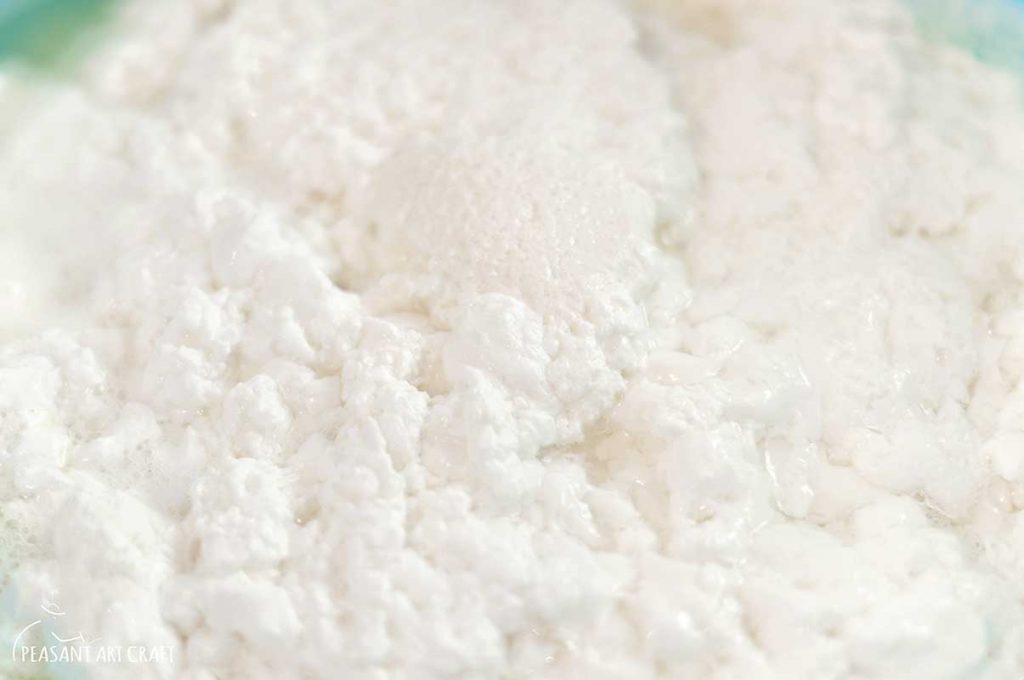
Traditional cow and sheep cheese making are the most widespread recipes in rural Romania. After seeing the work of sheep farmers, we want to experience cow farming, starting from milking a cow and ending with making cheese from fresh cow’s milk.

Milking A Cow By Hand
Milking a cow is not as easy as it seems. Cows have to be milked twice a day, otherwise they risk fatal mammary infections. In order to produce milk, the cows are impregnated every year.

“Milking of cows is ceased in late pregnancy in preparation for breastfeeding the calf. After giving birth, the cow produces milk. The most milk in a cow is found in the hindquarters and less in the front quarters.”, says a Romanian farmer from Bucovina.
Affiliate links Cheese Mold with a Follower and Cheesecloth Cheese Making Kit
The family has two cows, each one producing an average of seven gallons of milk each day. This is the village of Iaslovăț. Farming is still people’s main occupation here.
Making Cottage Cheese from Skimmed Cow Milk

At the dairy farm, buckets of fresh milk are turned into cheese with nothing more than hot water. First, they extract cream from milk with a cream separator.
Affiliate links Electric Cream Separator All Metal Parts
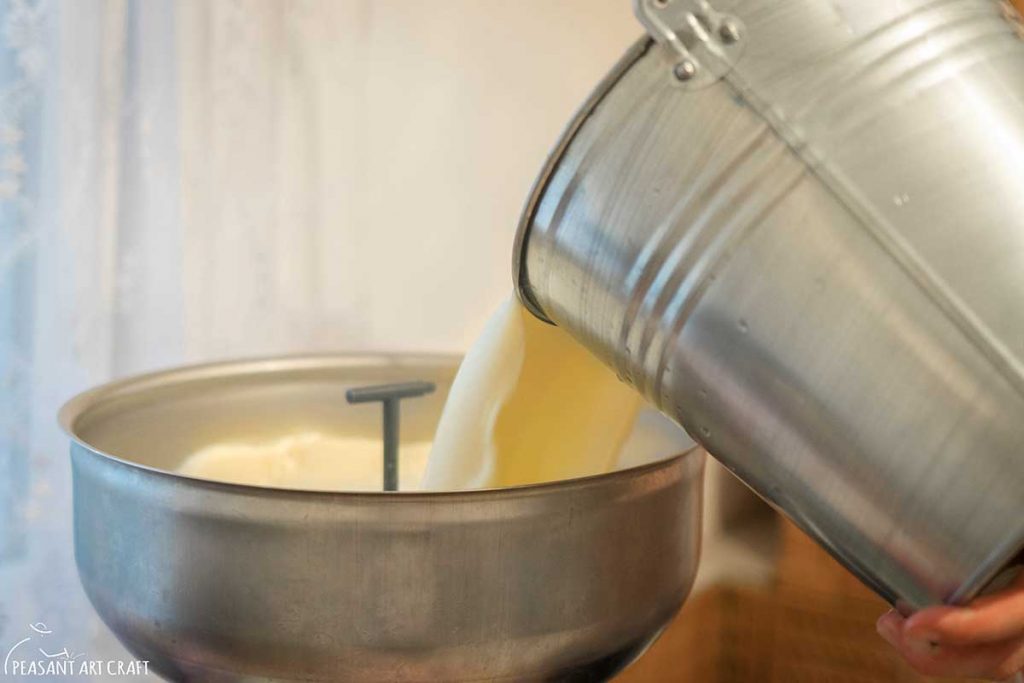
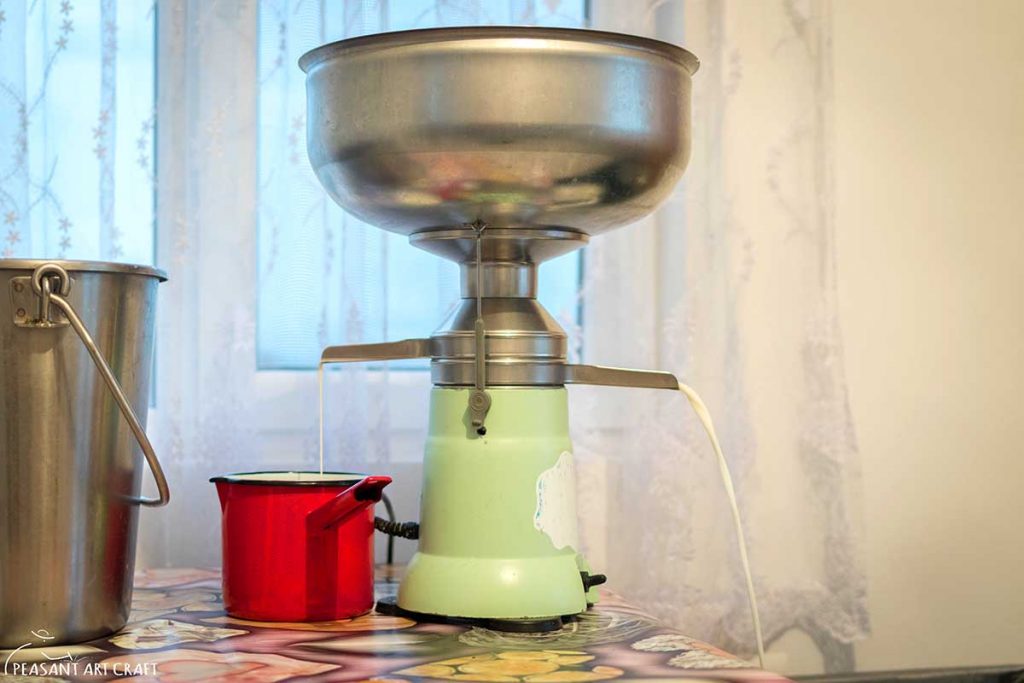

This step is not necessary unless you want to produce a low fat cheese. Skimmed milk is collected into a large container placed inside another larger container filled with hot water. For the next 24 hours, the water is kept warm by use of a boiler.

Next day, they break up the curd quite small, then they pour hot water over the cheese lumps to separate curds from whey and let it stand 10 minutes.
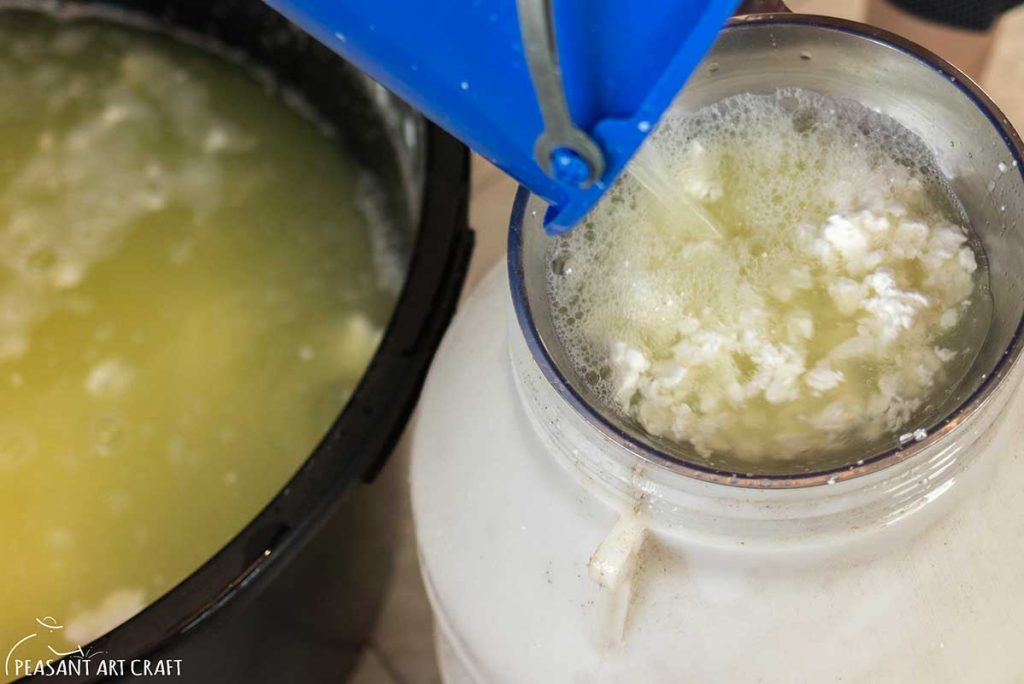
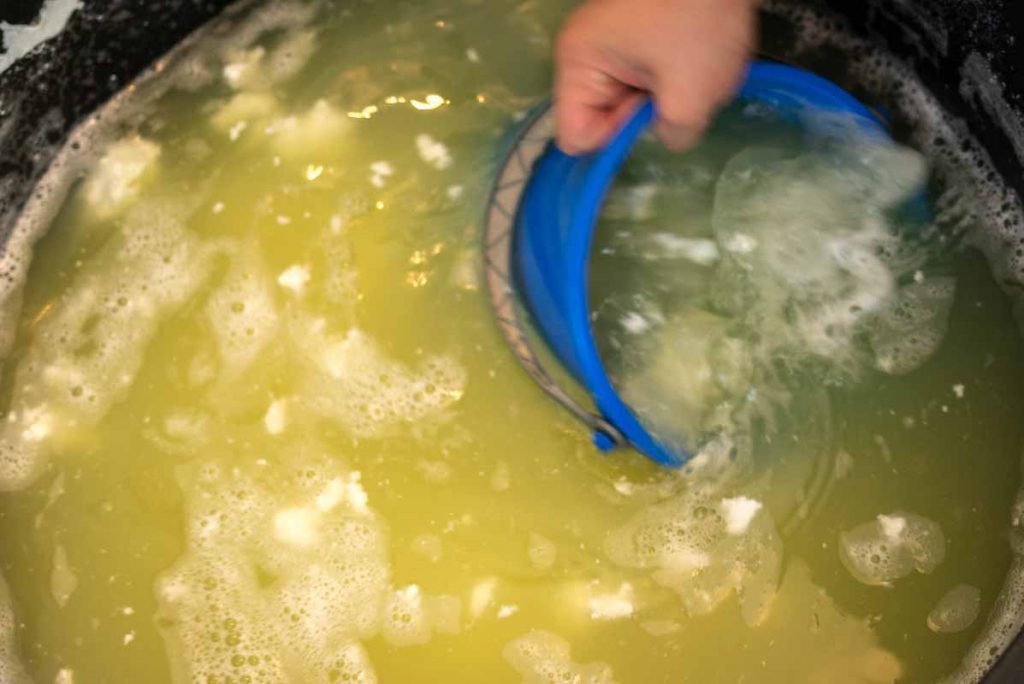
Cheese is gathered inside a cheesecloth and hung to drain. You can get 1 kg of cheese in 2-2.5 liters of milk. The whey is fed to animals.
Affiliate links Ultra Fine Cheese Cloth Roll for Cooking Straining Unbleached Cotton
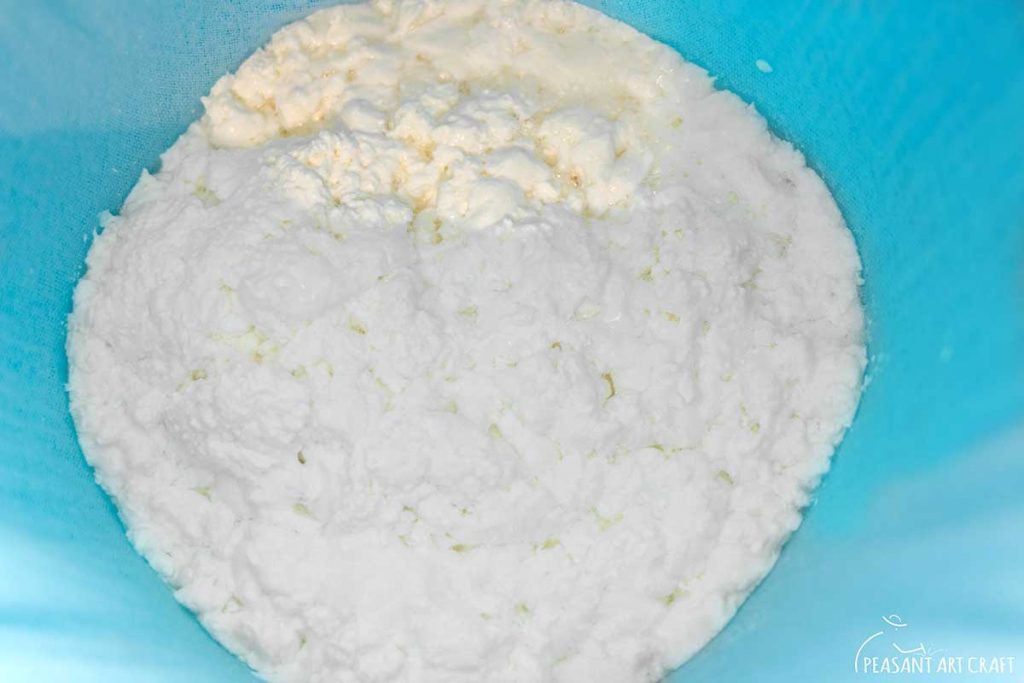

Fresh cow’s cheese is a major player in many delicious recipes, such as cheese pies, cheesecake, cottage cheese pancakes, and last but not least, papanași – Romanian cottage cheese doughnuts.

Similar Articles
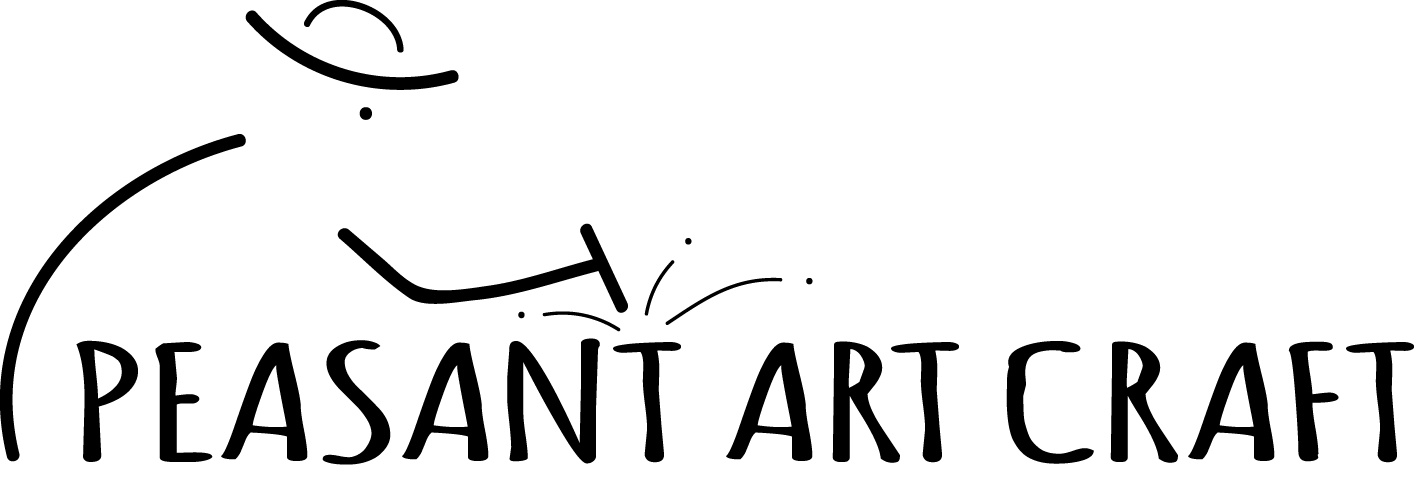
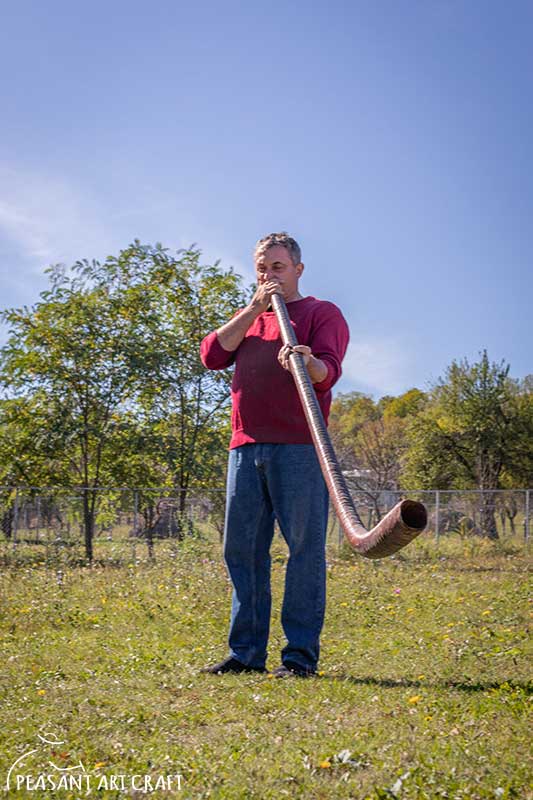
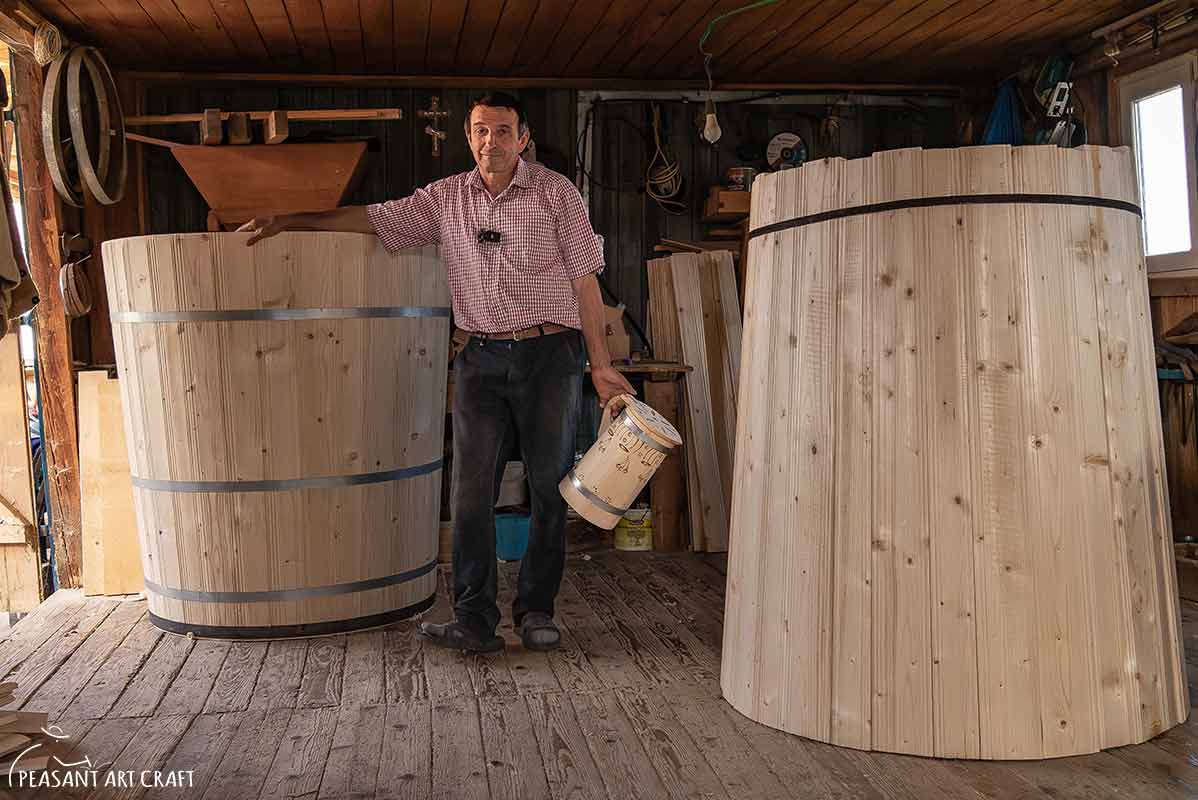
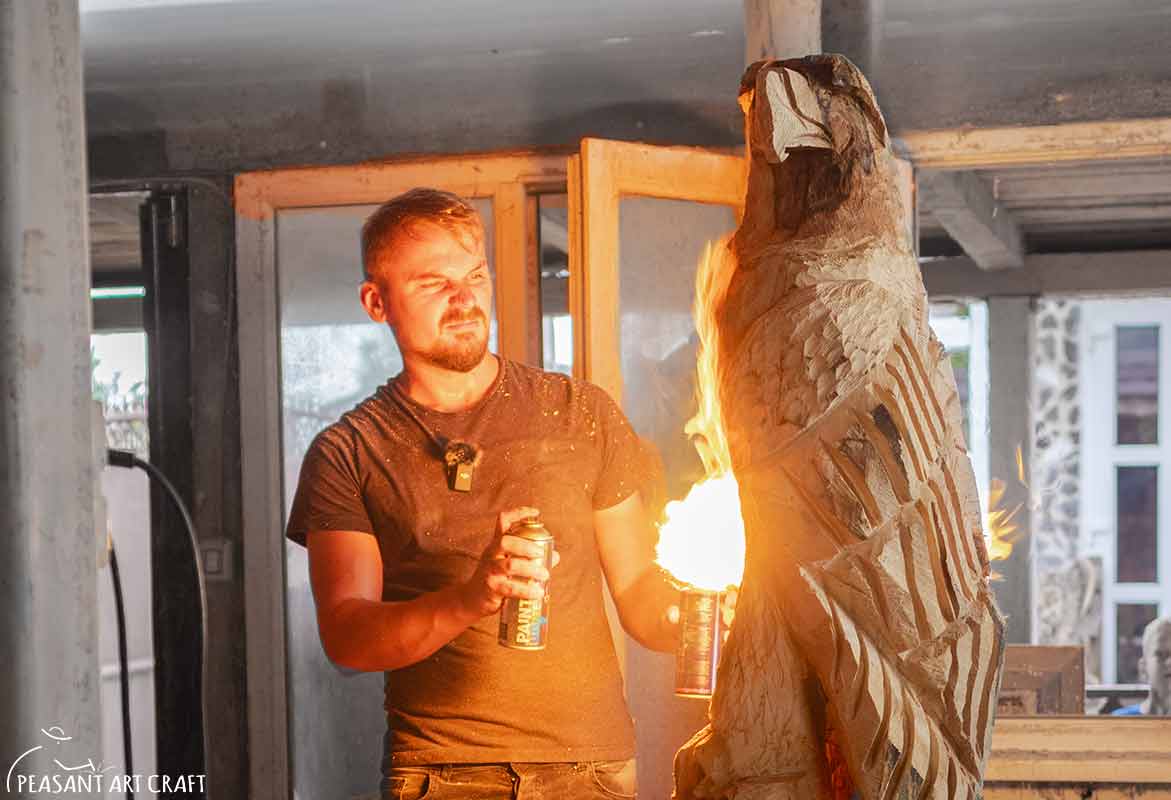

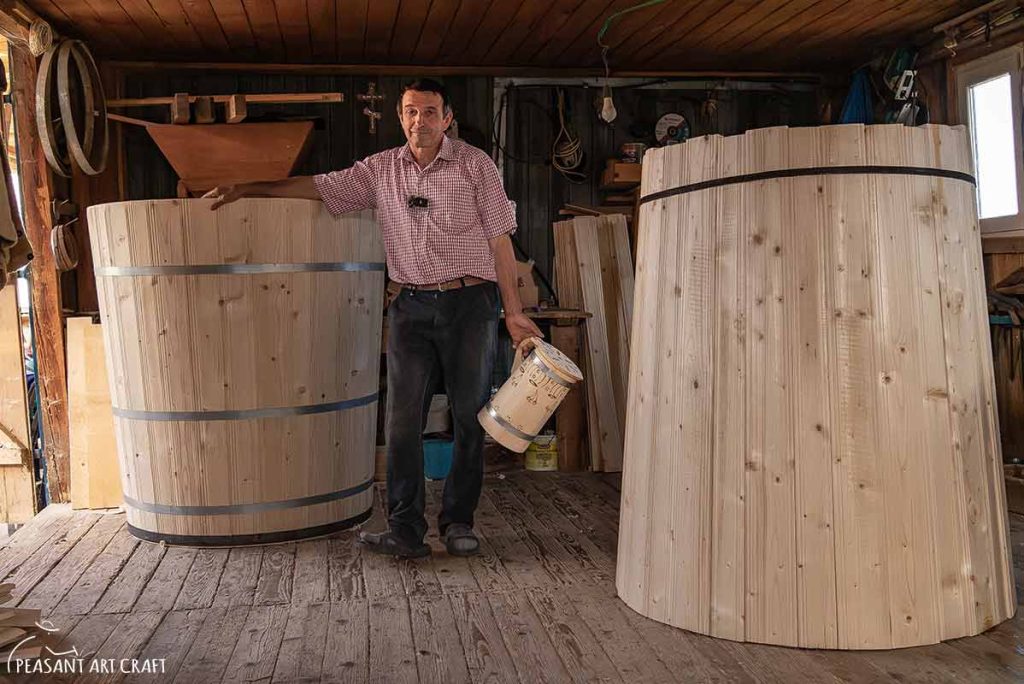
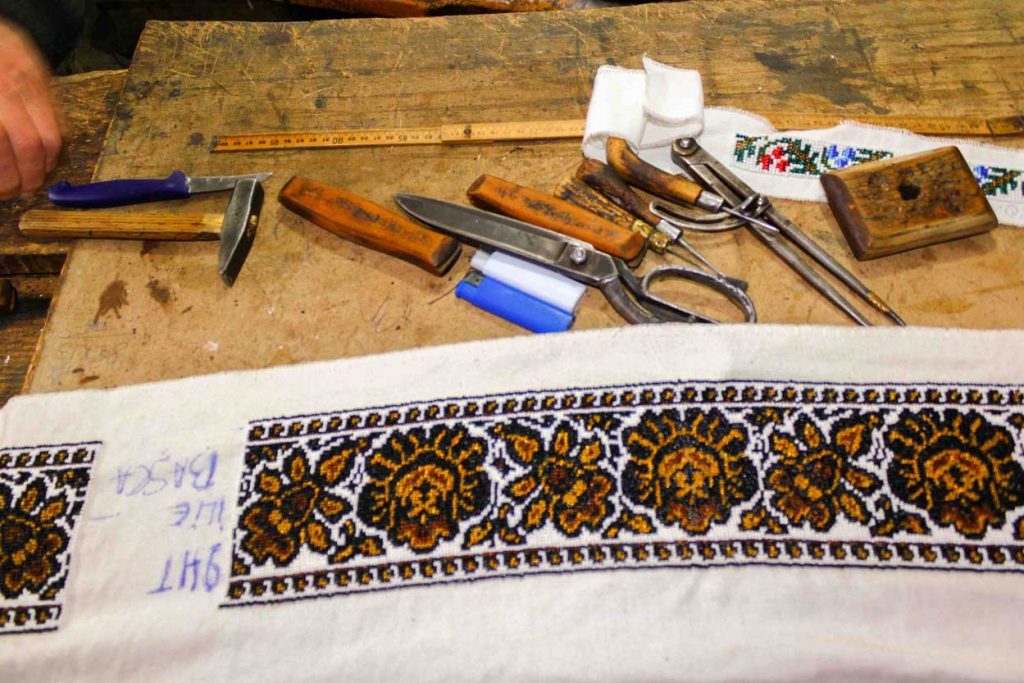
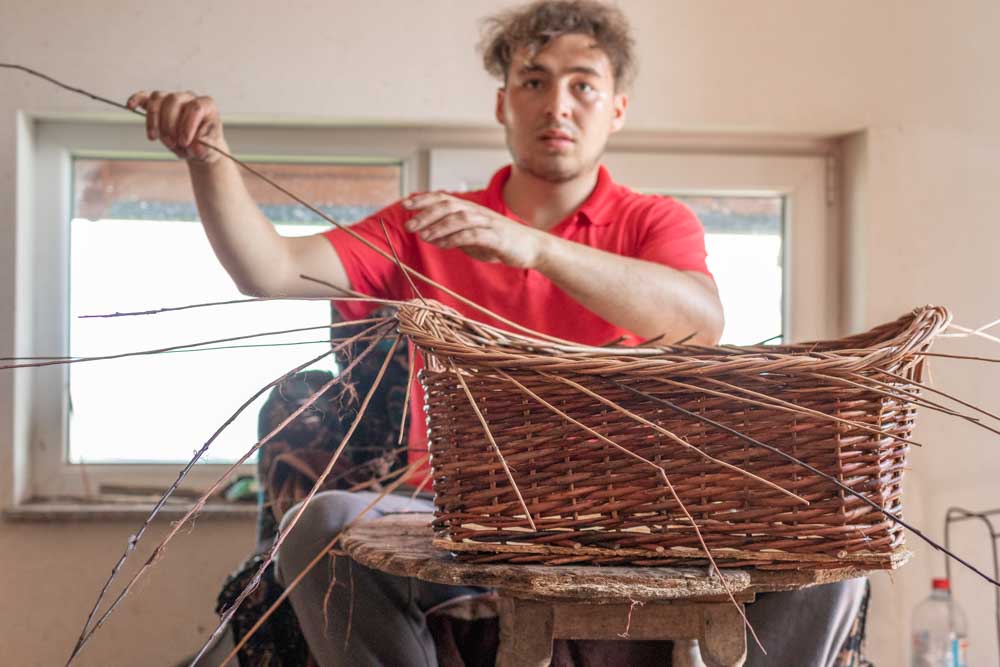
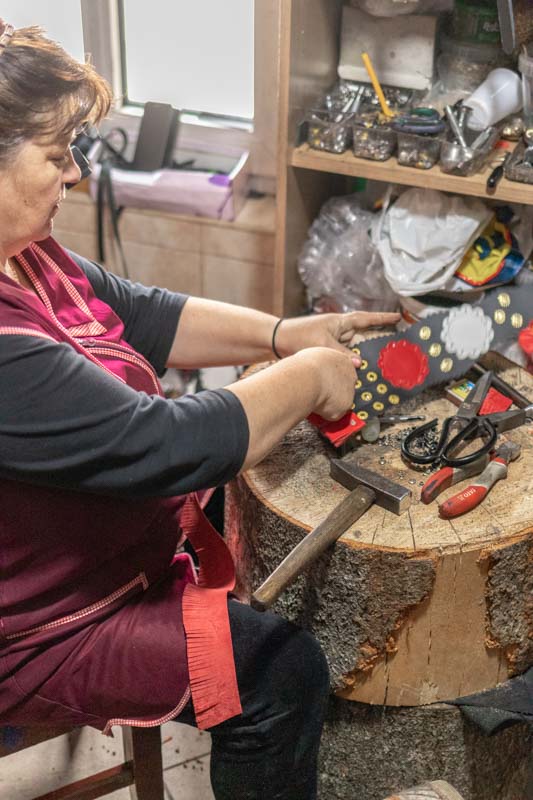

Leave a Comment